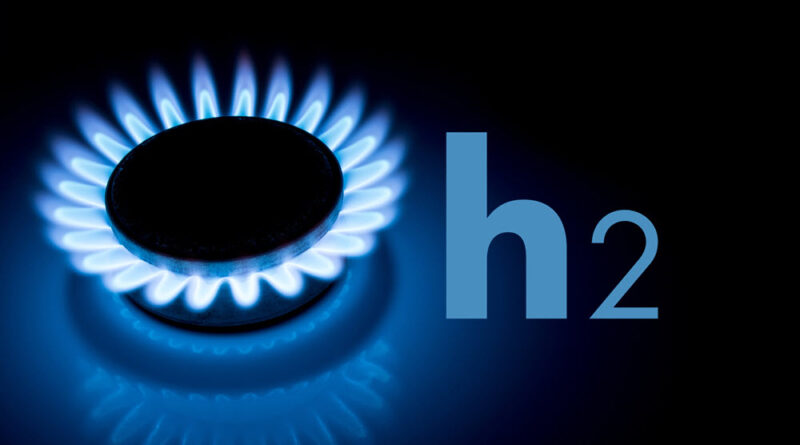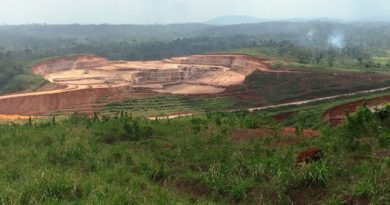China strengthens its commitment to hydrogen
China’s next five-year plan for economic development, for the years 2021-2025, is due to be unveiled in March. The plan – China’s fourteenth – is expected to flesh out how its government intends to achieve carbon neutrality by 2060, a goal that was announced in the latter part of last year.
In parallel with setting its ambitious climate change target during 2020, China launched fresh policies to support its growing market for hydrogen fuel cell electric vehicles (FCEVs), which use platinum as a catalyst. China has provided subsidies for FCEVs since 2013, however these latest initiatives are aimed at developing the sector further, by supporting projects that develop the entire FCEV supply chain, including refuelling infrastructure, rather than offering subsidies on sales. The government wants to see cumulative sales of FCEVs reach one million vehicles by 2035.
Other developments also point to the growing importance of fuel cell technology in China. SAIC Motor, based in Shanghai, recently announced its strategy for fuel cells – the first of its kind in China’s automotive industry. The state-owned automaker aims to offer at least ten FCEV models and produce 10,000 vehicles per year by 2025.
Meanwhile, sustainable technologies company Johnson Matthey (JM) is expanding its fuel cell operations in China with a new £7.5m facility to manufacture critical components for fuel cell stacks, with capacity to power more than 10,000 commercial vehicles and buses. According to JM, the fuel cell market is predicted to grow in value from the low £100 millions today to the low £1 billions in 2030.
Fuel cell technology adoption in China is being facilitated by both existing and planned hydrogen production. The country is already the world’s biggest producer of industrial hydrogen – hydrogen that is produced as a by-product of industrial processes – generating 25 million tons each year.
Meanwhile, sustainable technologies company Johnson Matthey (JM) is expanding its fuel cell operations in China with a new £7.5m facility to manufacture critical components for fuel cell stacks, with capacity to power more than 10,000 commercial vehicles and buses. According to JM, the fuel cell market is predicted to grow in value from the low £100 millions today to the low £1 billions in 2030.
Fuel cell technology adoption in China is being facilitated by both existing and planned hydrogen production. The country is already the world’s biggest producer of industrial hydrogen – hydrogen that is produced as a by-product of industrial processes – generating 25 million tons each year.
Significantly, in April 2020, the State Energy Bureau confirmed plans to include hydrogen into the Energy Act, thus re-categorising hydrogen as an energy source. This was a milestone for the hydrogen industry in China as, prior to this, hydrogen had been considered as a hazardous chemical, subject to stringent restrictions. By 2050, hydrogen is forecast to account for 10 per cent of China’s energy mix, with a demand of 60 million tons.
PLATINUM’S CRUCIAL ROLE
Platinum’s role in the hydrogen economy is crucial. It acts as a catalyst not only in fuel cells, but also in the electrolysis of water using renewable energy to produce completely emissions-free ‘green’ hydrogen, where it works in conjunction with its sister platinum group metal, iridium.
While more detail is awaited, it is highly likely that further green hydrogen investment will feature as part of China’s next five-year plan; renewable hydrogen has already been designated as a key energy source for the country’s future energy security, with a current target of achieving c.15 per cent renewable hydrogen generation by 2030, the equivalent of c.30 GW. However, this appears to be a relatively modest goal if China is to realise its 2060 decarbonisation ambition, particularly in the light of aggressive targets to grow renewable generation capacity by more than 300 GW over the next five years.
Tellingly, a Chinese State Council document released in November 2020, aimed at encouraging enterprises to improve and secure their sourcing of strategic materials required for key technologies that will enable decarbonisation, cites platinum as a key resource.
China is not alone in seeing growing momentum behind hydrogen technologies. The global platinum demand impact of announced green hydrogen policies is clearly sizeable over the longer-term; current EU and China green hydrogen generation capacity targets alone would require, cumulatively, between 300 koz and 600 koz of platinum by 2030.




